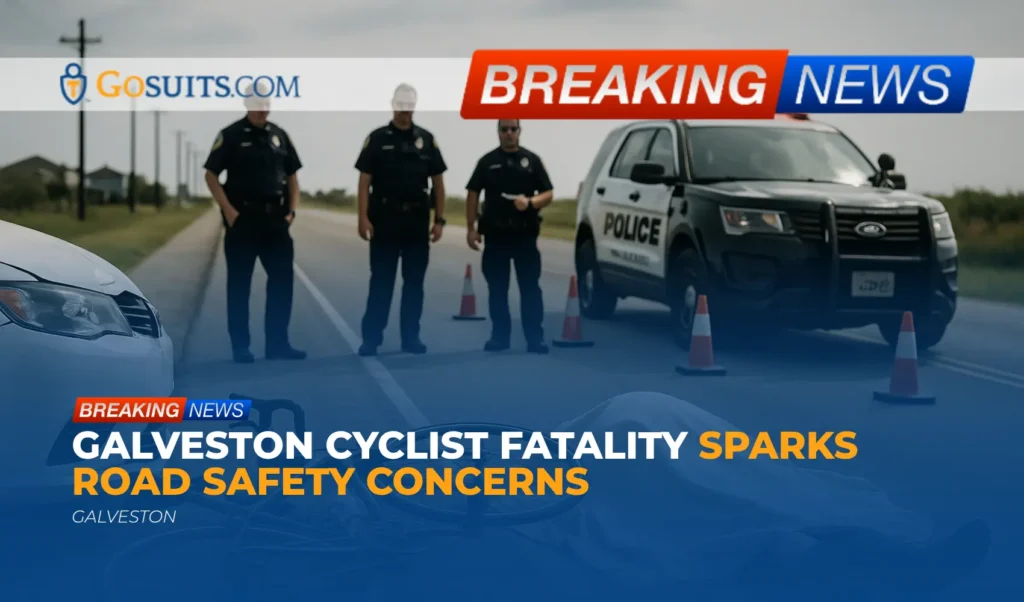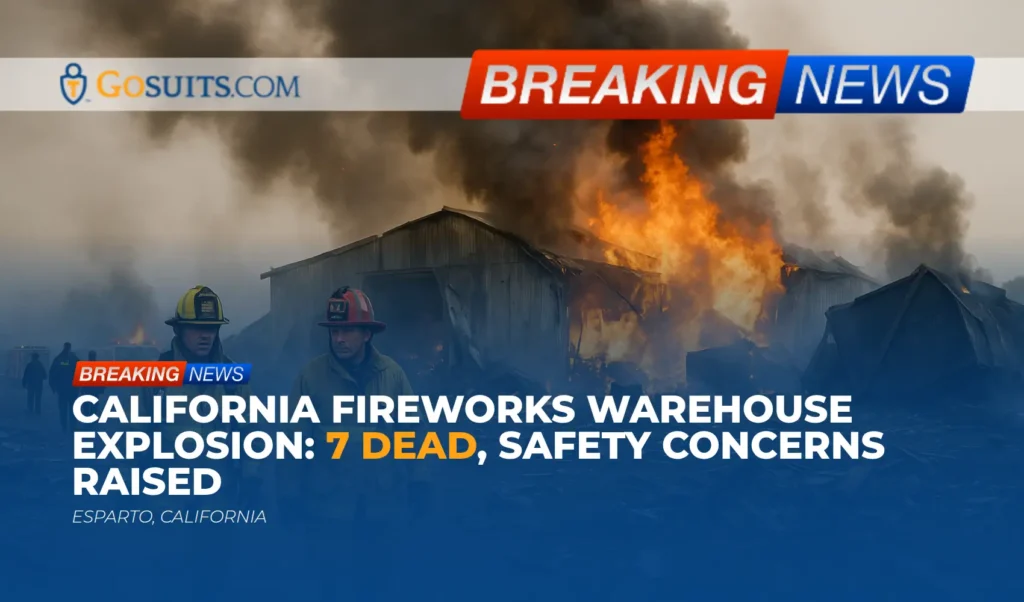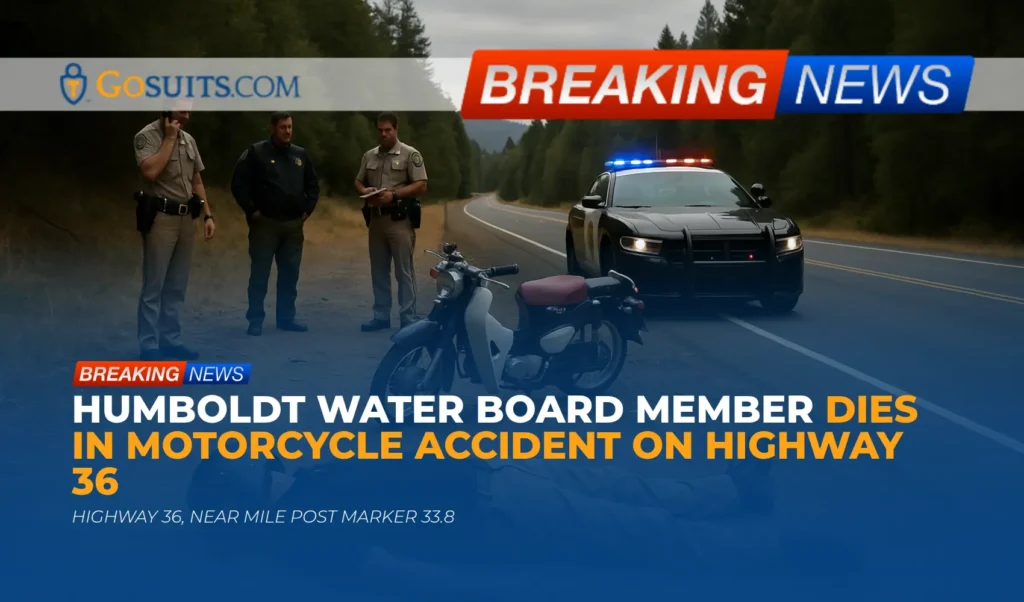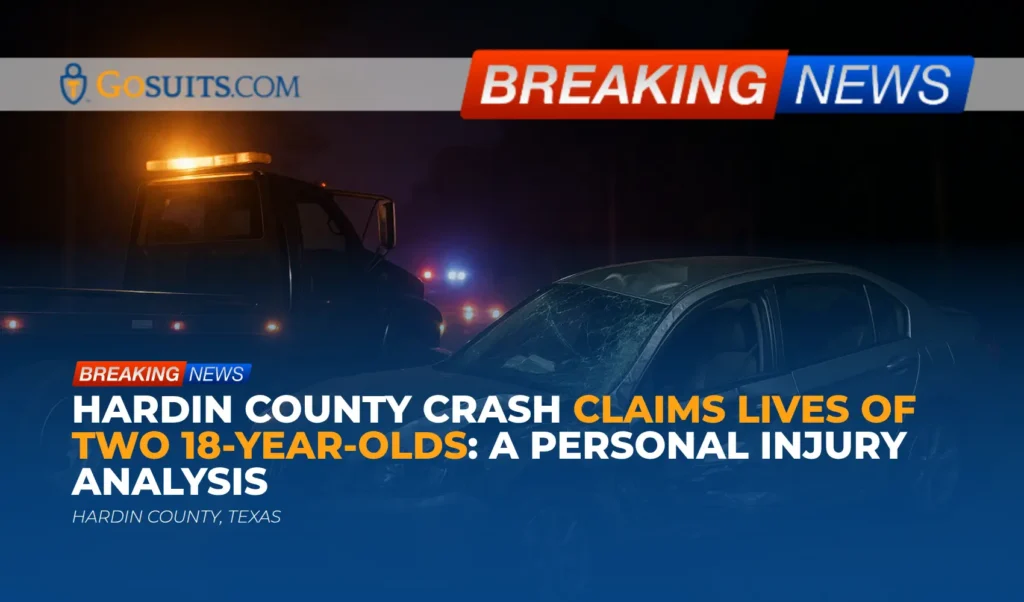A tragic incident in Galveston has highlighted the dangers cyclists face on roadways, particularly on routes shared with vehicular traffic. On Saturday, a 78-year-old Galveston resident, Thomas Hall, lost his life after being struck by a car while cycling eastbound on FM 3005. The collision occurred near the intersection of FM 3005 and Terramar Beach Drive.
Details of the Incident
Local police responded to the scene at approximately 11:50 a.m. at 23126 FM 3005. According to initial reports, both the cyclist and the vehicle were traveling eastbound on FM 3005 when the collision occurred. Hall was pronounced dead at the scene.
Police Chief Doug Balli indicated that the collision is believed to be an accident and that alcohol was not a contributing factor. The driver of the vehicle remained at the scene, cooperated with law enforcement officials, and provided a statement. Authorities have stated that the driver’s name will be released if charges are filed.
FM 3005: A Known Route for Cyclists
FM 3005 is a popular route for cyclists, often used for training and recreational riding. Its long, relatively uninterrupted stretch of road also forms part of the biking route for Galveston’s annual half-Ironman race. Despite its popularity among cyclists, FM 3005 lacks dedicated bicycle lanes, and some sections have very narrow shoulders, posing potential hazards for cyclists sharing the road with vehicles.
Safety Concerns and Infrastructure
This incident marks the second time in the past five years that a cyclist has been fatally struck from behind by a car on FM 3005. In 2020, cyclist Brian Patrick Huynh died after a vehicle entered the road’s shoulder to pass another car. These incidents underscore the risks cyclists face when adequate infrastructure is not in place to ensure their safety.
Jose Ruiz, a local cyclist who rides with groups like the Galveston Seawall Crawlers, expressed concerns about the safety of FM 3005. He described the road as a “death trap,” citing high traffic volume and fast-moving vehicles as significant risks. While some sections of FM 3005 west of Jamaica Beach have wider shoulders, allowing cyclists more space, other parts of the road offer limited room for cyclists to safely share the road with cars traveling at speeds up to 55 mph.
Texas Bicycle Crash Statistics
In 2023, 106 people died in Texas in crashes involving a bicycle, according to the Texas Department of Transportation. This statistic highlights the need for increased awareness and improved safety measures to protect cyclists on Texas roads.
Robin Stallings, executive director of BikeTexas, emphasized that the most effective ways to reduce cyclist-involved collisions are to improve infrastructure and increase awareness among both drivers and cyclists. This includes creating designated bicycle lanes, widening shoulders on existing roads, and implementing educational campaigns to promote safe driving and cycling practices.
Legal Considerations in Bicycle Accidents
Bicycle accidents often raise complex legal questions, particularly regarding liability and negligence. When a cyclist is injured or killed in a collision with a motor vehicle, a thorough investigation is typically conducted to determine the cause of the accident and who is at fault.
Determining Fault and Liability
In many bicycle accidents, fault may be attributed to the driver of the motor vehicle due to various factors, such as:
- Failure to yield the right-of-way: Drivers are legally required to yield the right-of-way to cyclists in certain situations, such as when the cyclist is in a bike lane or has entered an intersection before the vehicle.
- Distracted driving: Texting, talking on the phone, or other forms of distracted driving can significantly impair a driver’s ability to perceive and react to cyclists on the road.
- Speeding: Driving at excessive speeds reduces a driver’s reaction time and increases the severity of a collision.
- Impaired driving: Driving under the influence of alcohol or drugs is illegal and can severely impair a driver’s judgment and coordination.
- Negligent lane changes: Drivers must ensure that it is safe to change lanes and must signal their intentions before doing so.
Legal Rights of Injured Cyclists and Families
Injured cyclists have the right to seek compensation for their injuries and losses, which may include:
- Medical expenses: This can include the cost of emergency care, hospitalization, surgery, physical therapy, and ongoing medical treatment.
- Lost wages: Cyclists who are unable to work due to their injuries may be entitled to compensation for lost income.
- Pain and suffering: This can include compensation for physical pain, emotional distress, and the impact of the injuries on the cyclist’s quality of life.
- Property damage: Cyclists may be able to recover compensation for damage to their bicycle and other personal property.
In the event of a cyclist’s death, their family may be able to pursue a wrongful death claim to recover compensation for their losses, including funeral expenses, loss of financial support, and loss of companionship.
Importance of Legal Representation
Navigating the legal process after a bicycle accident can be challenging. Dealing with insurance companies, gathering evidence, and understanding applicable laws can be overwhelming, especially while recovering from injuries or grieving the loss of a loved one. For these reasons, retaining the services of a seasoned personal injury attorney is crucial. A skilled attorney can:
- Investigate the accident: An attorney can conduct a thorough investigation to gather evidence, identify witnesses, and determine the cause of the accident.
- Negotiate with insurance companies: Insurance companies may attempt to minimize payouts or deny claims altogether. An attorney can negotiate on the cyclist’s behalf to ensure a fair settlement.
- File a lawsuit: If a fair settlement cannot be reached, an attorney can file a lawsuit and represent the cyclist’s interests in court.
Commentary from Gosuits Galveston Personal Injury Attorney
This recent tragedy in Galveston underscores the critical need for increased safety measures to protect cyclists on our roadways. The absence of dedicated bicycle lanes and adequate shoulder space on popular cycling routes like FM 3005 puts cyclists at significant risk. While investigations into the specific circumstances of this accident are ongoing, it is imperative that drivers and cyclists alike remain vigilant and share the road responsibly. Furthermore, local authorities should prioritize infrastructure improvements and safety initiatives to prevent future incidents. Our hearts go out to the family and friends of the victim during this difficult time.





